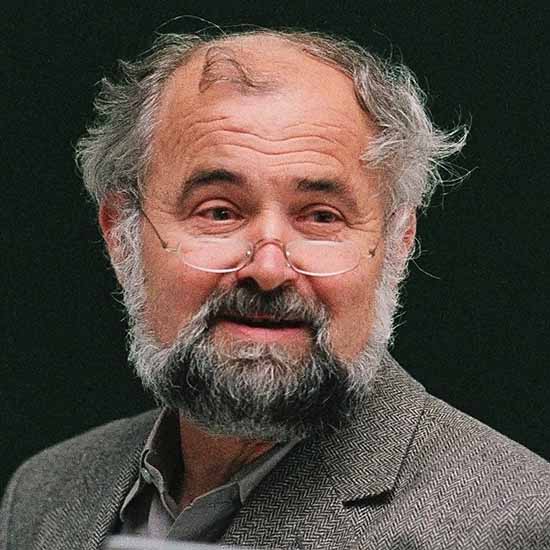Through his innovative research, Erwin Neher opened up a whole new field in cellular and membrane biology. Erwin co-discovered the existence of single ion channels and co-developed a technique that enables scientists to measure the miniscule electrical currents that pass through each ion channel. By allowing the passage of ions through the membranes of cells in our body, ion channels thereby mediate important signals such as nerve impulses and hormonal signals.
His ‘patch clamp’ technique is now used in laboratories around the world to investigate the many different types of ion channels and their roles. It has had an immeasurable impact on our understanding of physiological phenomena, allowing research into the association of ion channels with a range of conditions, including diabetes, cardiovascular disease and anxiety disorders.
The importance of his work has been recognised by many awards, including the highest honour awarded in German research, the Gottfried Wilhelm Leibniz Prize, in 1987 and the Nobel Prize in Physiology or Medicine in 1991, along with colleague Bert Sakmann, for their seminal research.
Subject groups
-
Multicellular Organisms
Cellular neuroscience
Awards
-
Nobel Prize in Physiology or Medicine
Jointly with Bert Sakmann for their discoveries concerning the function of single ion channels in cells.

